Agile methodology is a term you’ve probably heard thrown around in software development. But what does it mean? In this article, we will explore what agile methodology is and how it differs from traditional software development methods. We will also discuss some of its roles and best practices of agile methodology. So if you’re curious about this topic, read on!
What is Agile Methodology, in brief:
The agile methodology is a set of principles for software development in which requirements and solutions evolve through collaboration between self-organizing, cross-functional teams. It promotes adaptive planning, evolutionary development, early delivery, and continuous improvement and encourages rapid and flexible responses to change.
The agile approach was first outlined in the Manifesto for Agile Software Development, published in 2001. Since then, agile has become one of the most popular development approaches in the industry.
Suppose you’re new to agile or are considering adopting an agile methodology for your next project. This guide will give you a high-level overview of what agile is, how it works, and some benefits it can offer your organization.
Agile 101
The agile methodology is a popular approach to software development that values speed, collaboration, and flexibility. In an agile development process, teams work in short cycles, called sprints, to create and deliver working software rapidly.
While there are many different flavours of agile methodology, all share a standard set of values and principles, which include:
Individuals and interactions over processes and tools Working software over comprehensive documentation Customer collaboration over contract negotiation Responding to change by following a plan
The agile approach has its roots in the early days of software development when small teams of developers could move quickly and adapt to changing requirements. In recent years, the popularity of agile has exploded as more and more organizations have come to realize the benefits of this iterative and incremental approach.
The most popular agile framework is Scrum. In Scrum, software development is divided into short cycles, or sprints, each of which typically lasts two weeks. At the beginning of each sprint, the team meets to discuss what tasks need to be completed during that period. The team then works together to complete those tasks and deliver a working product at the end of the sprint.
During each sprint, the team also holds regular stand-up meetings to discuss progress and identify any obstacles that need to be addressed. At the end of each sprint, the team reviews what was accomplished and identifies lessons learned for future sprints. The agile approach has proven successful for many organizations because it helps them move faster and respond more quickly to changes in customer needs.
Agile methodologies, in general
There are a few different types of agile methodology, and each has its process and values.
Scrum is the most popular agile methodology. It is based on iterative development, where projects are divided into sprints or short cycles. Scrum teams have a scrum master who oversees the project and a product owner who decides what features will be included in each sprint. The team members work together to complete the tasks assigned for each sprint.
Kanban is another popular agile methodology. It is based on continuous delivery, where tasks are assigned to team members as they become available. The team members work on the charges until they are complete. Kanban teams do not have a scrum master or product owner. Instead, they rely on a kanban board to visualize the tasks and progress.
Lean is a less common agile methodology that is based on waste reduction. Lean teams strive to eliminate waste in all forms, including time, resources, and materials. They also focus on continuous improvement, making minor changes to the process that can lead to significant improvements over time.
Extreme Programming, also known as XP, is a methodology that emphasizes teamwork, communication, and feedback. This method focuses on constant development and customer satisfaction. It uses sprints or short development cycles to strive for a productive and efficient environment.
Crystal is a group of smaller agile development methodologies. Each has its own unique framework but all are characterised by factors such as system criticality, team size, and project priorities. Depending on the nature of the project or system criticality, like Comfort (C), Essential Money (E), Discretionary Money (D), and Life (L), the kind of Crystal agile methodology is chosen.
One of the solutions that address the need for a standard industry charter was the Dynamic Systems Development Method (DSDM). This comprehensive structure is modified to create a plan, execute it, manage it, and scale the procedure of software development.
How To Collaborate Using Scrum & Kanban
Collaboration is one of the most critical aspects of product design. It ensures that the latest information can be shared among team members and helps individuals to get feedback on their work. This article will take you through some of the best practices when collaborating with your team using agile methodologies.
Scrum and Kanban are two of the most popular collaboration methods, and they each have their strengths and weaknesses. To decide which collaboration method is suitable for your team, it’s essential to understand the basics of each one.
– Scrum is a framework that helps teams work together to complete a project in a set amount of time. It relies on regular check-ins between team members, called sprints, to ensure that everyone is on track and no one is falling behind.
– Kanban is a more flexible approach to collaboration, which emphasizes continuous improvement and incremental changes. Rather than working in sprints, Kanban teams focus on completing small tasks that move the project forward bit by bit.
Scrum and Kanban can be effective collaboration methods, but choosing the right approach is essential for your team’s unique needs.
Scrum
Scrum is a project management methodology emphasizing collaboration, flexibility and continuous improvement. It is often used in software development but can be applied to any project.
The fundamental principles of Scrum are:
-Self-organization: The team is responsible for planning, executing and monitoring the work.
–Collaboration: All team members should be involved in the process and share responsibility for the success or failure of the project.
-Continuous Improvement: The team should constantly strive to improve their process and skills.
There are three roles in Scrum: the product owner, the scrum master and the development team. The product owner is responsible for defining the goals of the project and setting priorities. The scrum master helps to keep the team organized and on track and removes impediments to progress. The development team are responsible for doing the actual work.
The Scrum process is iterative, meaning that work is divided into short sprints (usually 2-4 weeks) during which specific goals are accomplished. At the end of each sprint, there is a review period where feedback is gathered from stakeholders and used to plan for the next sprint. This feedback loop ensures that the project remains flexible and responsive to change.
Kanban
Kanban is a flexible system that helps you visualize your work and track progress. You can use it to manage any project, from a simple task to a complex multi-step process.
Kanban is based on the principle of flow, which says that work should flow smoothly from one stage to the next. To make this happen, Kanban uses three leading practices:
Visualize your work: Use a Kanban board to see all the tasks in your project, who is working on each task, and what stage each job is in. This makes it easy to spot bottlenecks and areas of concern so you can address them quickly.
Limit work in progress: When you have too many things going on at once, it’s easy to get overwhelmed and start making mistakes. Limiting the number of tasks you’re working on at any given time allows you to stay focused and avoid getting bogged down.
Continuously improve: Take time regularly to reflect on how your project is going and identify ways to improve your process. Then implement those changes and see how they affect your workflow.
Best Technical practices
Several best practices associated with agile methodology help make it a practical approach to software development. Some of these best practices include:
• Continuous integration: This practice regularly integrates new code changes into the main codebase. This helps to ensure that any potential issues are identified and resolved quickly.
• Automated testing: Automated testing is a vital part of ensuring the quality of the software being developed. It allows for rapid feedback on any code changes and can help to identify issues early on in the development process.
• Frequent releases: Releasing new software versions regularly helps ensure that users always have access to the latest features and bug fixes. It also allows for more feedback from users, which can be used to improve the software further.
• Agile documentation: Documentation should be kept concise and focused on what developers need to understand the code and build upon it. This helps to avoid information overload and ensures that only relevant information is included.
Conclusion
There are many ways to collaborate, and the best depends on the project you’re working on. For example, Scrum is an excellent method for managing software development projects, while Kanban can be used for manufacturing or other production-oriented processes. No matter what way you choose, the important thing is to ensure that everyone involved understands the process and knows their role in it. By following these tips, you’ll be well on your way to successful collaboration.


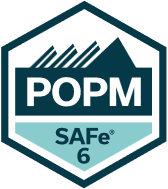
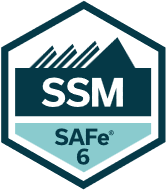
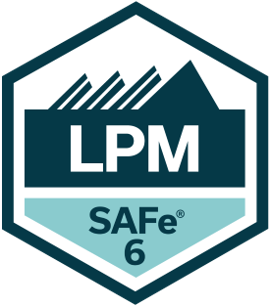

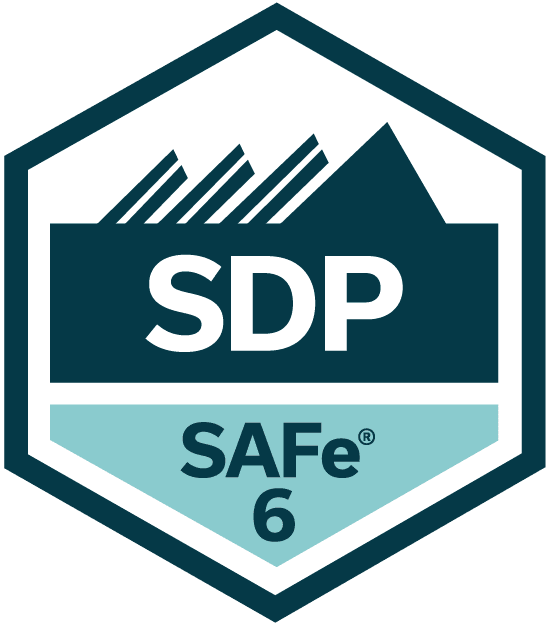
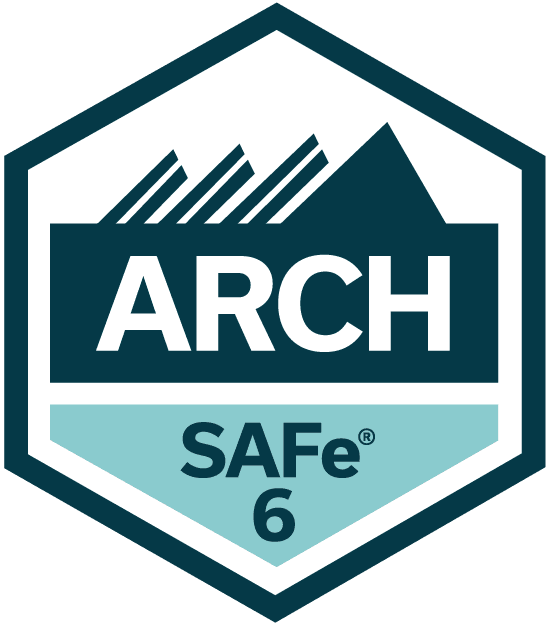
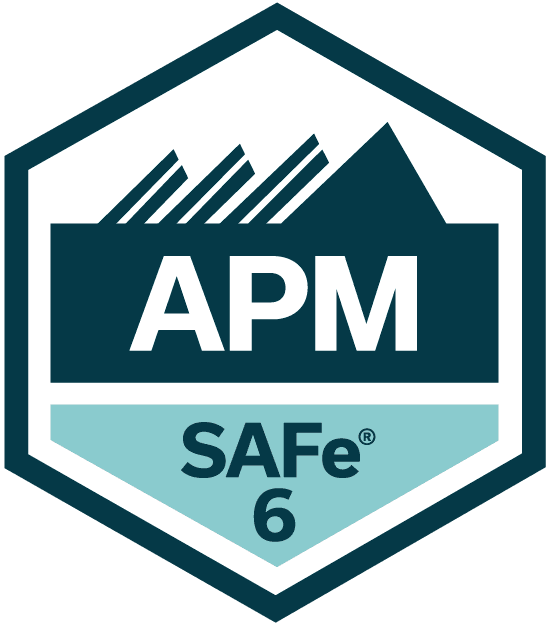
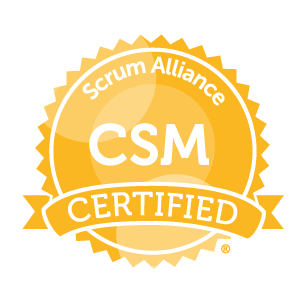
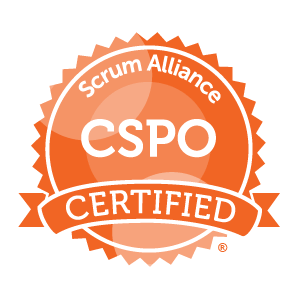
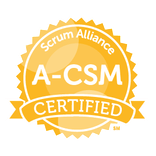

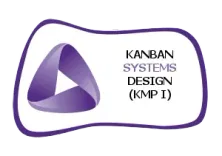
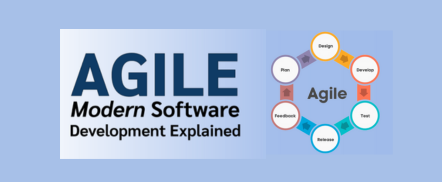








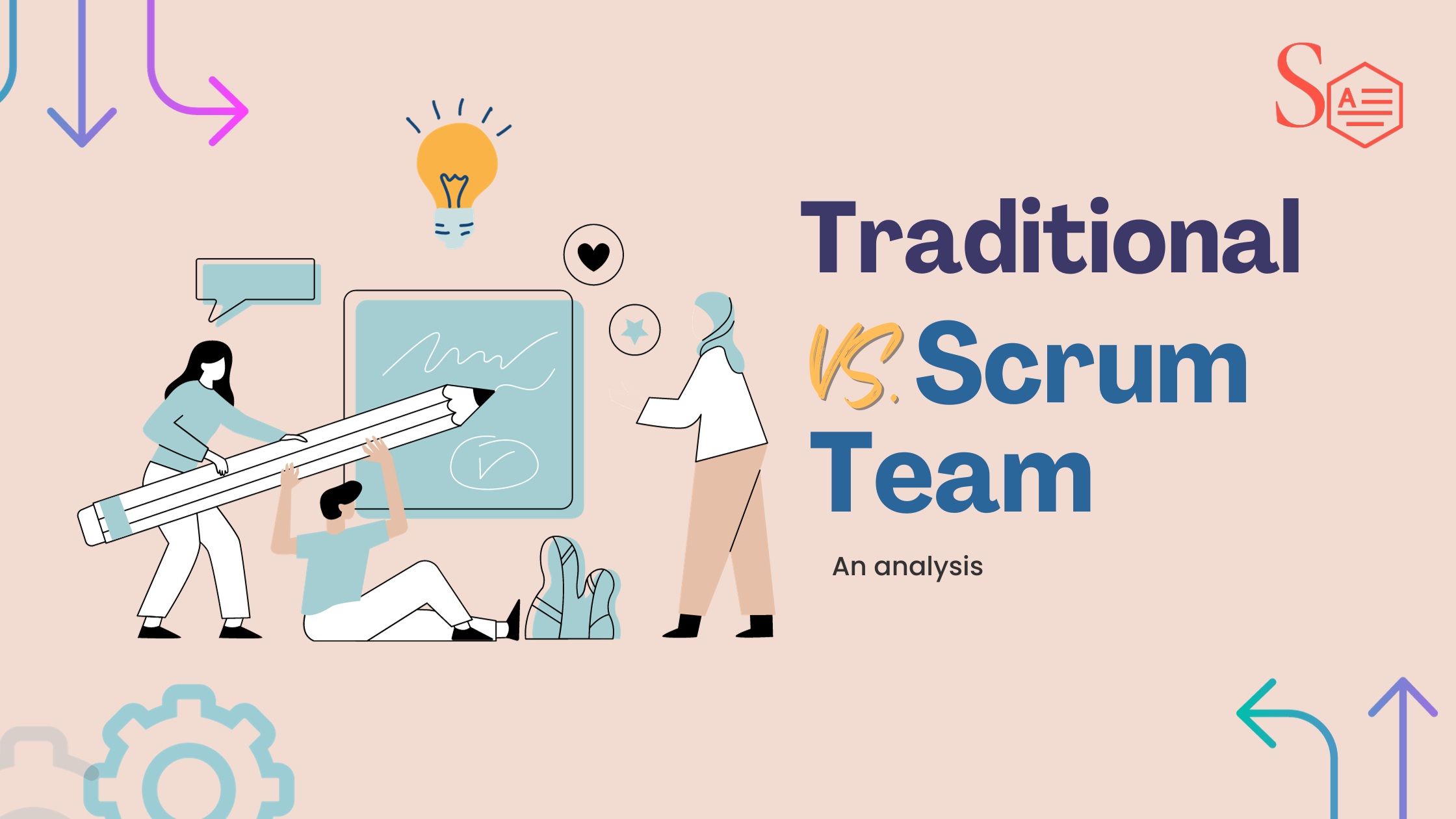

10 Responses
Thanks very nice blog!
Have you ever considered about including a little bit more than just your
articles? I mean, what you say is important and everything.
Nevertheless think of if you added some great photos or video clips to give your posts more, “pop”!
Your content is excellent but with images and video clips,
this website could definitely be one of the most beneficial in its field.
Great blog!
What’s up, just wanted to mention, I liked this
article. It was helpful. Keep on posting!
I have been exploring for a little bit for any high-quality articles
or blog posts on this kind of house . Exploring in Yahoo I at last stumbled upon this website.
Reading this information So i am happy to express that I have a very good uncanny feeling I came upon exactly what I needed.
I such a lot indubitably will make certain to don?t fail
to remember this site and give it a glance regularly.
Nagano Lean Body Tonic: An IntroductionNagano Lean Body Tonic is a dietary supplement designed to help lose unhealthy weight
I blog often and I genuinely appreciate your content.
The article has truly peaked my interest. I will bookmark your site and
keep checking for new information about once per
week. I subscribed to your RSS feed as well.
карты таро, указывающие на онкологию, какие карты таро указывают на операцию к чему снится, что человек ослеп,
к чему снится, что муж ослеп происхождение фамилии карташов сонник снится умерший муж сонник кататься на самокате
Can you tell us more about this? I’d want to find out more details.